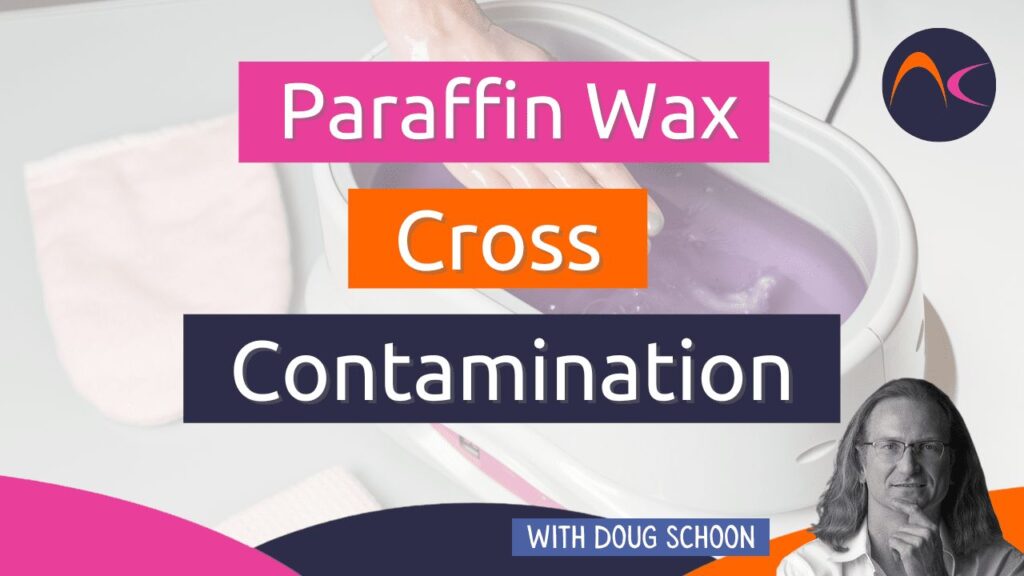About 12 years ago I spoke to someone who I consider to be a careful researcher and who had thoroughly examined the issue of paraffin wax cross-contamination from dipping. His research revealed that bacteria and fungi are NOT at all likely to grow in these paraffin baths. That is probably because the water content is so low that infectious organisms could not survive. He also theorized that the wax seals around the hand to prevent bacteria or fungal organisms from escaping into the wax.
Esto tiene mucho sentido para mí y estoy de acuerdo con sus conclusiones. Curiosamente, este investigador sólo encontró un caso de organismos infecciosos en un baño de parafina. Entender cómo ocurrió esto es muy interesante e importante. En este caso, la parafina estaba muy contaminada y tenía un aspecto muy turbio. El enturbiamiento se debía a grandes cantidades de agua y otros contaminantes en la cera. Si el agua penetra en la parafina, algunos microorganismos pueden sobrevivir. Este fue un caso extremo de contaminación, no lo que normalmente ocurriría.
¿Cómo se enturbió y contaminó tanto la parafina? La razón de esta contaminación extrema era el propietario del salón. That’s right. The owner of the salon had instructed the nail technicians to “save the wax” after removal from the hands. They would then throw it into a container and, each morning, they would re-melt the previously used wax into the paraffin bath. All that just so the salon owner could save a little money.
Of course, this is clearly improper to do, highly risky, and certainly against the paraffin manufacturer’s directions. This was a blatant misuse of the product! Only fresh wax should be put into a paraffin bath. All used wax must be disposed of after a single use because paraffin wax is not reusable. After completing their testing, these researchers concluded that when a paraffin bath is regularly cleaned and all used wax is properly disposed of without reuse, it will be extremely unlikely for infectious organisms to survive and cause infections. I’ll add that if clients wash and dry their hands before the service, then the potential contamination becomes even less likely. These conclusions are also in complete agreement with other research that I’ve read on this subject.
Otros estudios sobre la parafina recogida en salones de belleza y sometida a pruebas de contaminación por bacterias u hongos no han encontrado ninguno de ellos. Por lo tanto, esto me lleva a apoyar la conclusión de que sumergirse en un baño de parafina para realizar servicios de salón es una práctica segura. La contaminación cruzada de la parafina es algo que ocurre muy raramente.
I would like to add a word of caution. Common sense dictates that clients with open sores or visible signs of infection should not have these services. The researcher I spoke about did not suggest this as a concern. However, I’m adding this warning to remind salon professionals that they should not perform services on any client with a visible infection of the skin or nails.


